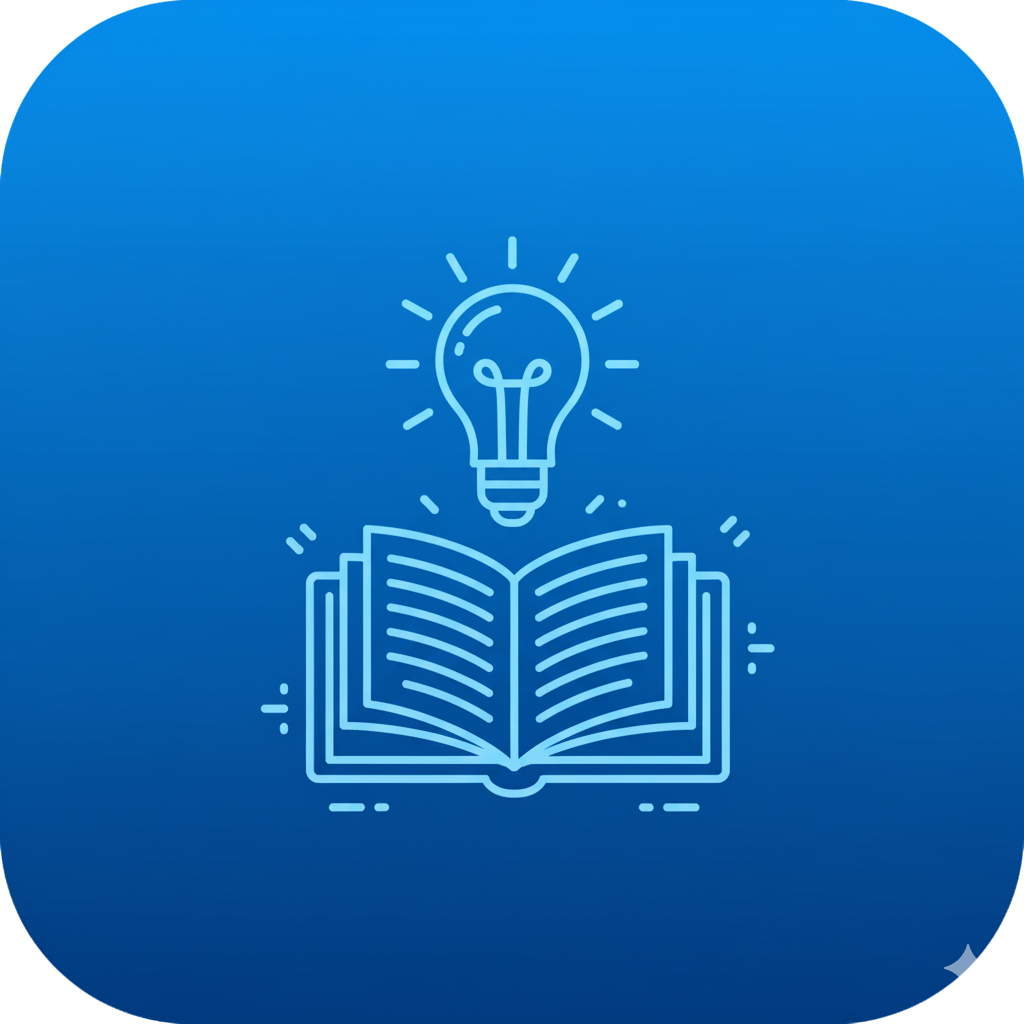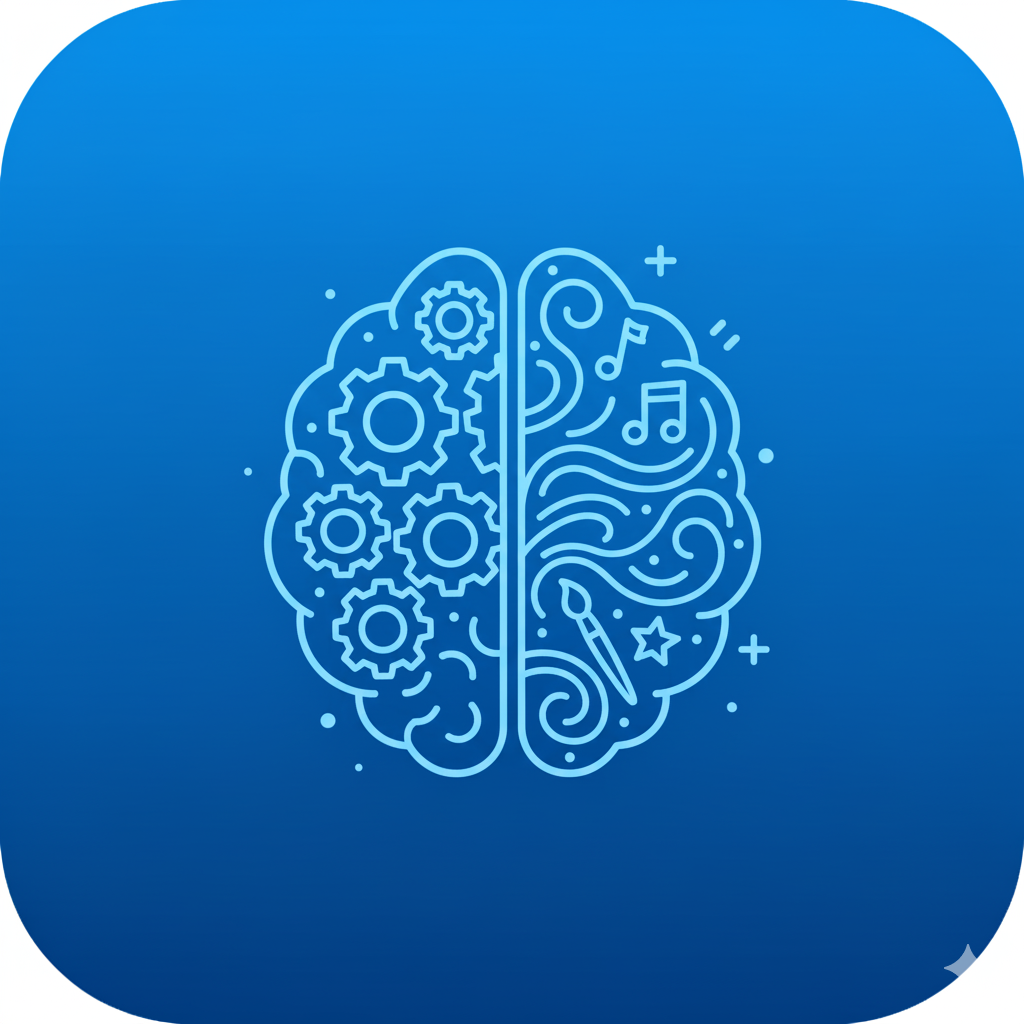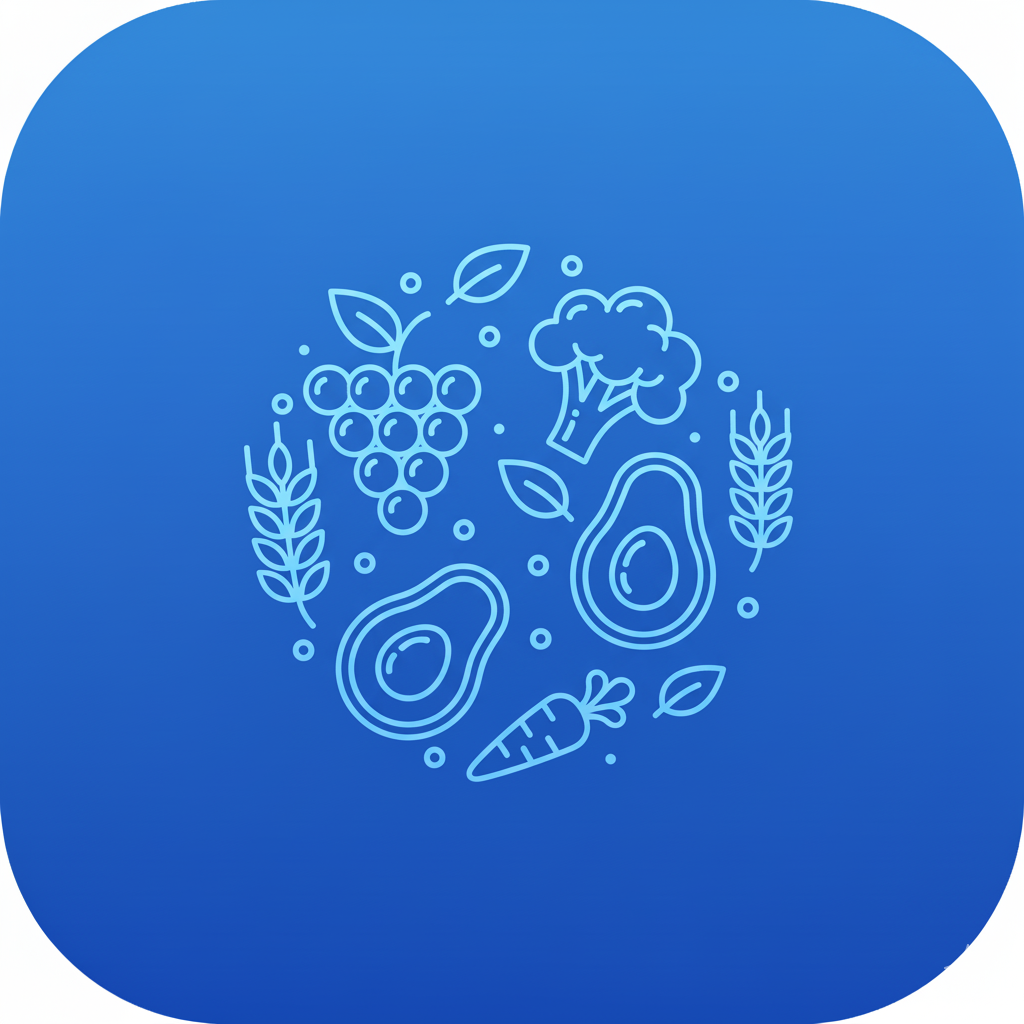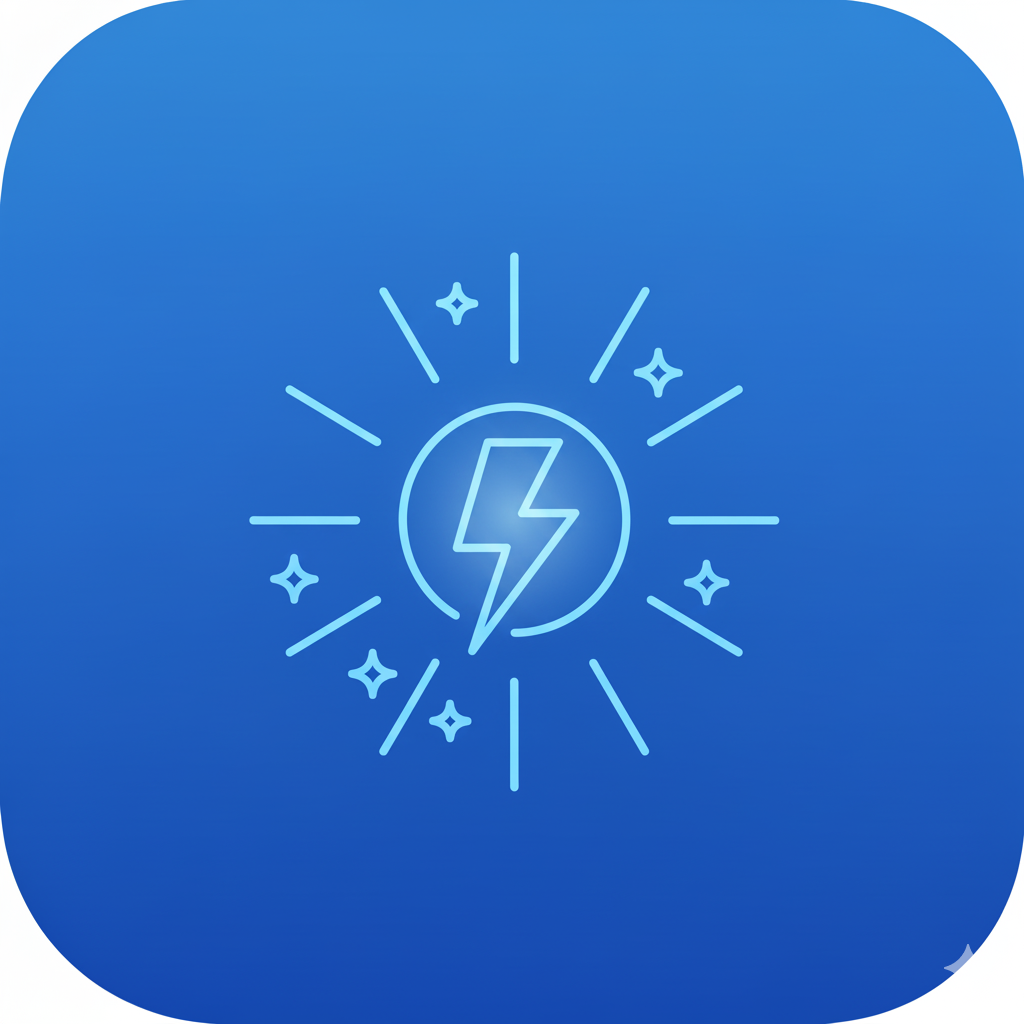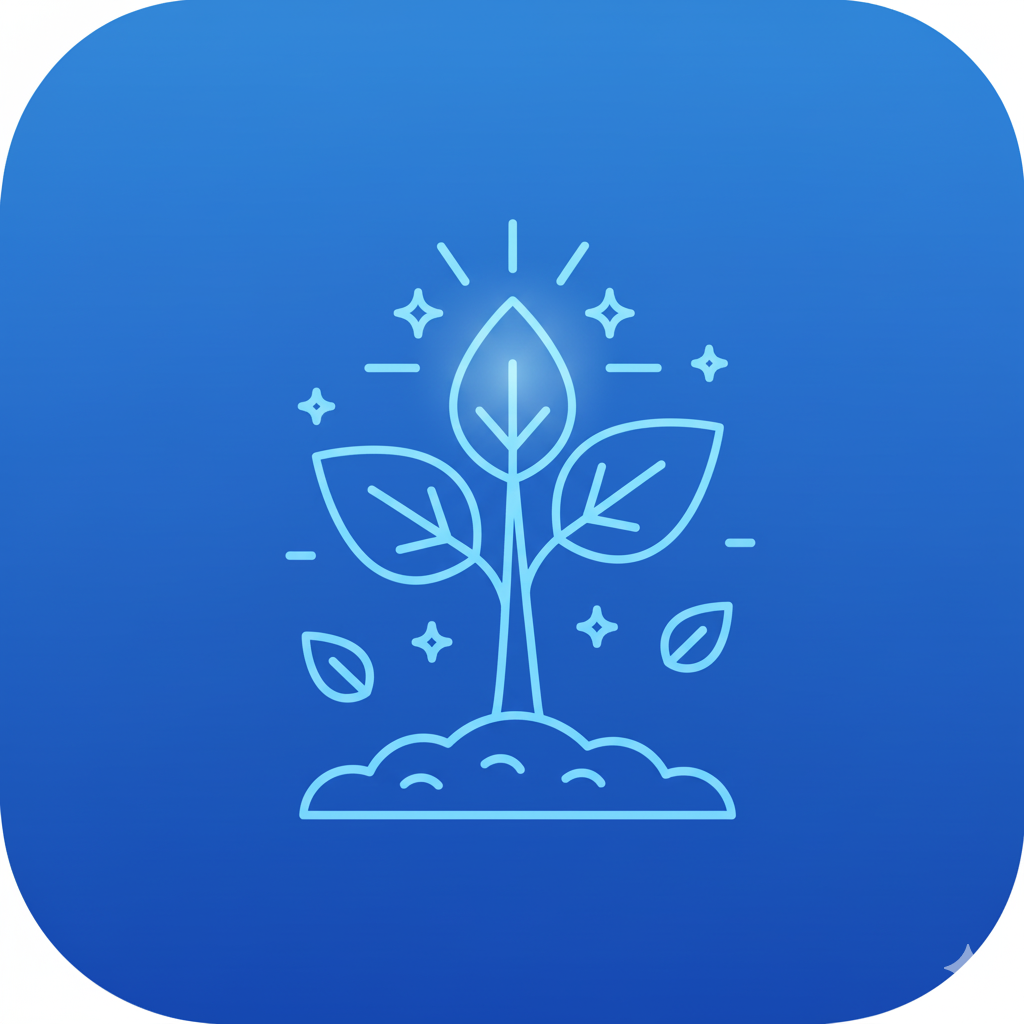
Articles
The Power of Mindful Movement - 2023 Thrive Practice #2
Mindful movement is a form of physical activity that involves being present and aware of one's body and movements while exercising or performing physical activities. It involves paying attention to the sensations in the body, the breath, and the environment, and practicing moving in a way that is mindful and intentional.
The mind-body connection & your immune system
In this era, we often don’t know the difference between a real and perceived threat, and we can get into a state of chronic stress and that can weaken our immune system.
The Link Between Happiness & Health
Happiness and health are highly correlated. Happy people tend to be healthier physically and have a lower risk of developing chronic diseases. A study on individuals with type 2 diabetes found that those who were happier had lower inflammatory markers, which might slow the progression of the disease. Happy people have also been shown to be more productive at work and there is even some research that suggests that happiness can improve mitochondrial health.
Move your Body to Calm your Mind
In today’s world, the increased pace of life, high workload (both at work and at home), and pressure to succeed has led to a society in which we’re in a constant state of stress. The stress response is an evolutionary adaptation in response to an immediate threat, however, these days we are often stuck in a state of chronic stress.
Meditation, White Matter & Aging
The benefits of mindfulness are far reaching - from decreasing stress, anxiety, and depression, to boosting focus, memory, problem solving. In addition to these functional benefits, there is also some evidence that mindfulness affects the structure of the brain. Studies have shown that meditation is associated with a higher concentration of grey matter in certain areas of the brain. However, the impact of mindfulness and meditation on white matter is less understood.
Overcoming Overwhelm and Burnout
Mental health has been the number one concern for people in our community over the past couple of years. With constantly changing lock downs and uncertainty, the pandemic has led to increased stress, anxiety, and feelings of overwhelm at levels that we haven’t seen before. Here are 10 tips for overcoming overwhelm and burnout.
Gamma Brainwaves: Peak Experience & The Power of Failure
Gamma brainwaves are the highest frequency brainwaves, measuring at a rate of 30-100 cycles per second (Hz). This is when various parts of the brain engage all at once to give us peak perception and function.
Unlock Creativity with Moving Meditation
There are ways we can manipulate our internal and external environment to help us enter into a Theta brainwave state more often, such as seeking solitude, changing scenery, and releasing tension from the body. This week we’re going to dive into one of the most powerful hacks to enter into a state of creativity: moving meditation
Theta Brainwaves: Relax to Create
Theta brainwaves are one of the slowest brainwave states, measuring at 4 - 7 cycles per second (Hz). In this state our creativity is flowing. During theta wave activity, several regions of our brain activate at the same time and connect to each other. This is how we have leaps of insight, come up with new solutions to old problems, and discover links we didn’t see before. A classic example is being on autopilot in the shower, going through the motions without thought, and having a new, seemingly random, idea pop into your mind.
Alpha Brainwaves, Metacognition & Strategic Thinking
Over the past couple of weeks we’ve discussed the importance of entering into Beta brainwaves in order to enter into a state of deep focus and sustained concentration. Learning how to unlock beta brainwaves and enter into focused execution allows us to accomplish more, decrease stress, and direct our attention towards what is important.
Beta Brainwaves & Deliberately Recharging
Last week we introduced beta brainwaves, the brainwaves that occur when we are in a state of deep focus and sustained concentration. Learning how to unlock beta brainwaves and enter into focused execution allows us to accomplish more, decrease stress, and direct our attention towards what is important. However, the periods in between these deep focus states are just as important.
Beta Brainwaves and Focused Execution
The five human brainwave states are Beta, Alpha, Theta, Delta, and Gamma. By understanding the different properties of brainwaves and the situations in which they arise, we can learn to trigger these performance states to enter into them at the appropriate time. This week we’re going to dive into the first state: Beta brainwaves.
An Introduction to Brainwave States
Conventional wisdom has always said that achieving more means pushing harder. That's not true. Our brains aren't built to be in constant go mode. Sure there are times when driving hard is key. But those moments can't happen without rest and relaxation. And knowing how and when to step back will enable you to achieve peak performance when a big moment comes along.
Frequently Asked Questions
One of the most common pieces of feedback we get is that people love Q&A sessions. So this week we thought we’d compile all of the FAQs that we’ve received from our community over the past year - through emails, live events, and coaching sessions. Hopefully you find this information helpful and that there are some key takeaways that you can apply to your daily routine. Of course if you have any questions that we missed don't hesitate to reach out!
Flow Hacks
Last week we discussed flow, a state in which we are completely immersed in the task at hand. We become so engrossed in the activity we’re doing that the world seems to fade away. Athletes often refer to this state as being “in the zone”, however anyone can enter into this state - whether it be at work, while pursuing a passion, or having an engaging conversation with someone.
Flow: Getting into that elusive state
Flow is often described as a peak state of consciousness. It was first identified by Mihaly Csikszentmihalyi, who described it as a highly focused state conducive to peak performance and productivity. During flow, people are completely immersed in the task at hand and are entirely in the present (no sense of past or future). People who experience flow say they feel a sense of timelessness, total body awareness, complete focus, and a sense of ease.
Another reason to practice mindfulness
As mindfulness has been shown to improve focus, decrease physiological and psychological measures of stress, and reduce rumination, it’s no wonder that athletes are starting to incorporate mindfulness practices into their training!
The Myth of Multitasking
In previous newsletters, we’ve discussed strategies to increase focus and how you can try to eliminate distractions as much as possible. One of the strategies we’ve discussed is Power Work, in which for a period of time a few times per day, you are focusing on your most important task and only your most important task until you get the job done or your Power Work period is over. This is also known as single tasking, which is an extremely powerful tool for you to use. If you can learn how to single task, you can uplevel your focus and boost your productivity.




